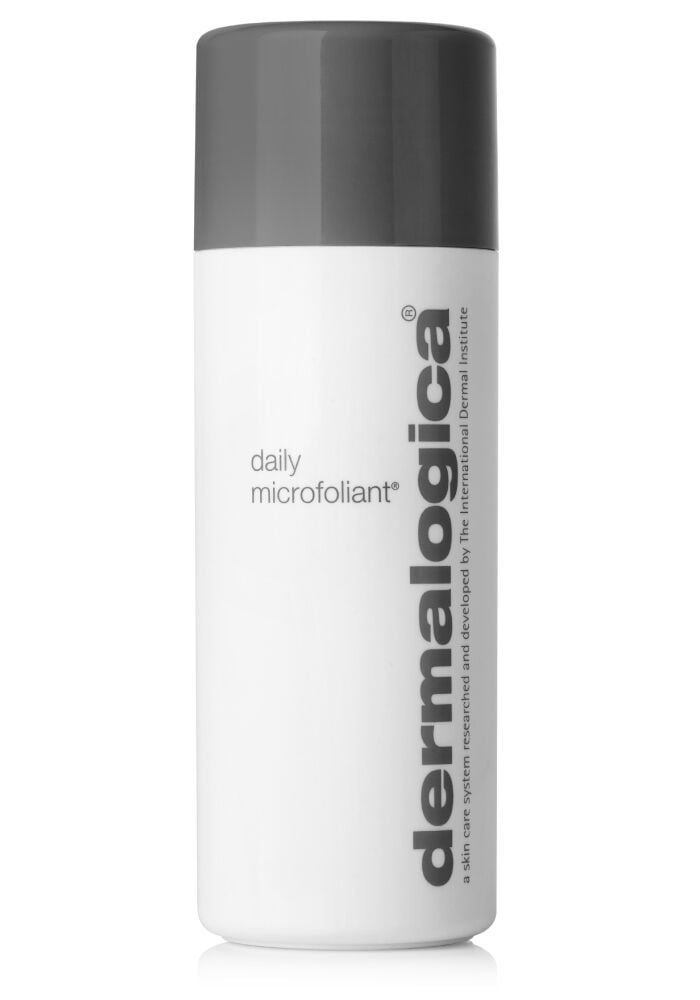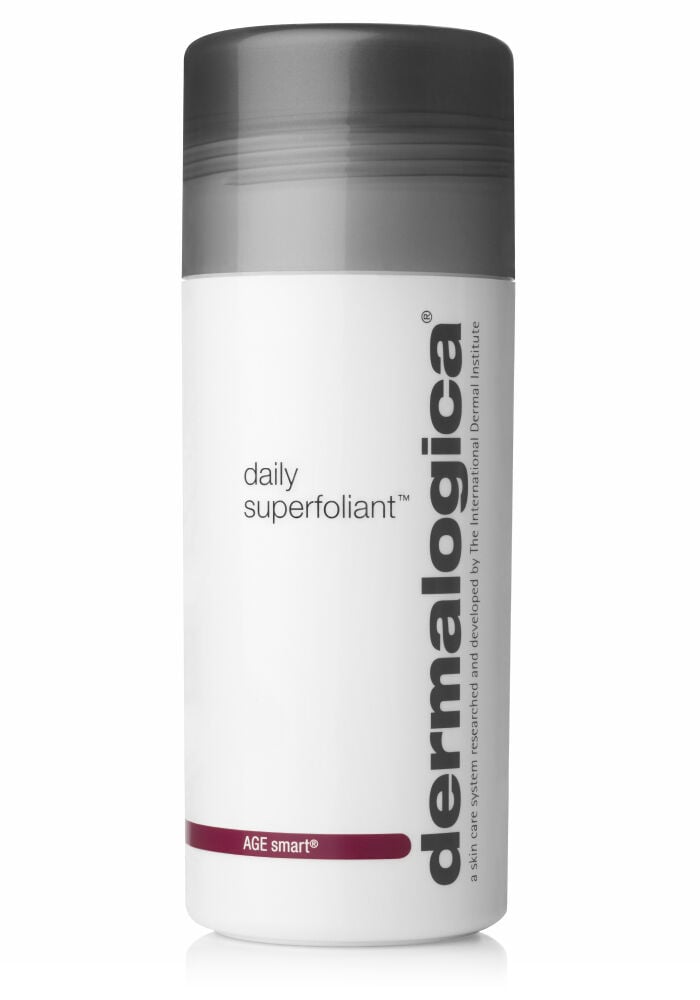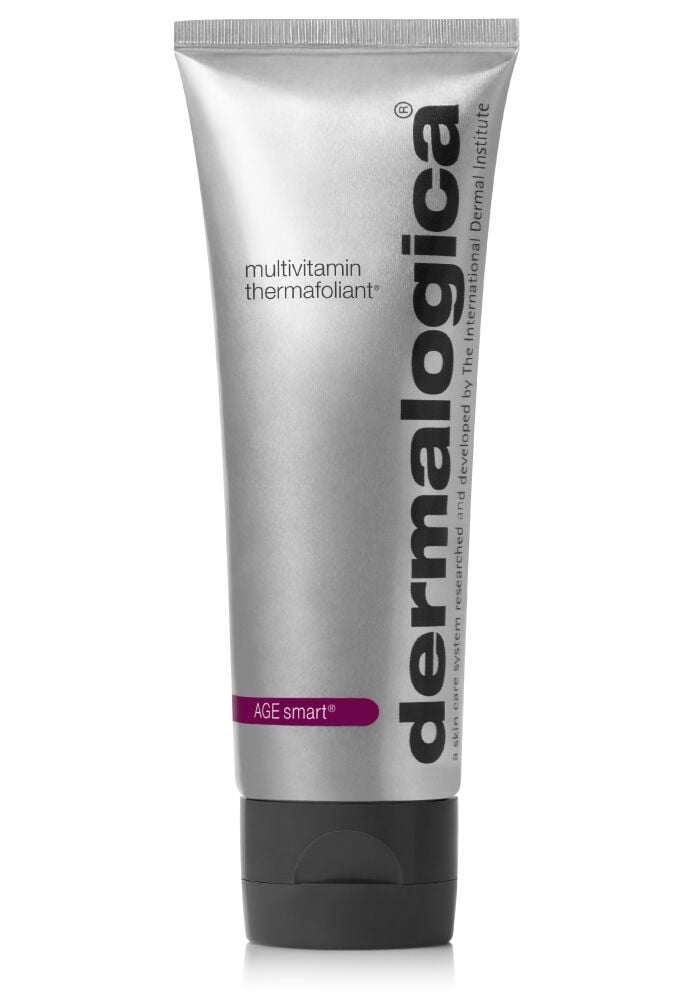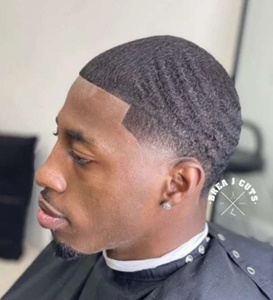 Fresh, glowing, resilient skin with evenly distributed
pigmentation and ultra-refined texture is what your clients want. Without question,
the most effective way to achieve this is through exfoliation. The key to
producing the results your clients demand is in knowing how much is “just
enough,” and then precisely and skillfully applying exfoliation techniques
safely in the treatment room.
Fresh, glowing, resilient skin with evenly distributed
pigmentation and ultra-refined texture is what your clients want. Without question,
the most effective way to achieve this is through exfoliation. The key to
producing the results your clients demand is in knowing how much is “just
enough,” and then precisely and skillfully applying exfoliation techniques
safely in the treatment room.
Consider the following chemical exfoliation mantra: “Honor the fine balance between skin rejuvenation and causing damage.” There is a calculated element and level of controlled injury that’s intrinsic to the effectiveness of the procedure. It’s important to understand the relative strength and intensity of exfoliation and the nature of the ingredients.
The current condition of the client’s skin, lifestyle and medical history are crucial things to take into consideration, so be sure to thoroughly consult and document:
- Pregnancy (avoid Vitamin A and high levels of Salicylic Acid)
- Allergy to aspirin (avoid Salicylic Acid)
- Active cold sores
- Medically prescribed exfoliating products
- Isotretinoin
- Rashes, irritation, inflammation
- Recent sun exposure or sunburn
- At-home skin care use including retinol
Defining terms
Chemical exfoliation can jump-start cell turnover for improved skin texture and appearance. A chemical peel (which is often used as a broad term to cover various levels of exfoliation) is an accelerated form of exfoliation that involves an injury of a specific skin-depth.
Chemical exfoliation or peels are classified into four categories of depth penetration:
Very superficial: Penetrates the stratum corneum and stops at the stratum granular layer. Legal for use by professional skin therapists.
Superficial: Exfoliates the epidermal layers without going beyond the stratum basal layer. Legal for use by professional skin therapists.
Medium: Reaches all layers of the epidermis, all the way down to the papillary dermis. This is usually performed by a physician, or under the supervision of a doctor within a medical setting, such as a medi-spa.
Deep: Only physicians may legally work with this level of chemical exfoliation. Deep peels remove the epidermis, the papillary dermis and reach the reticular dermis.
Chemistry 101
Chemical composition of the various ingredients used for chemical exfoliation include the following:
Enzymes are biological catalysts. A catalyst triggers a reaction and gets something started. In the context of a peel, enzymes literally digest excess protein into the skin, which is helpful because accumulated keratin (protein) is a contributing factor in skin that no longer looks bright or feels smooth.
Alpha Hydroxy Acids (AHAs) are often derived from organic sugars: Glycolic (sugar cane), Lactic (milk) and Phytic (seeds and grains), Malic (apples), Tartaric (grapes) and Mandelic (bitter almonds). Most are water-soluble, meaning that the acid easily changes the skin’s pH and causes an instant “burst” in exfoliation. They exfoliate from the inside out, as AHAs work primarily by dissolving the desmosome connections between the corneocytes in the lower area of the stratum corneum.
- Proteolytic enzymes include papain, bromelain and pumpkin. These stimulate exfoliation by digesting keratin and loosening the bonds between the cells. Proteases target the connections between amino acids, breaking down peptide bonds that link the amino acids together to form the protein. Enzymes are not pH-dependent, but are activated by water. They’re typically gentler than other peeling agents, and they are suitable for all skin types, including sensitive.
-
Glycolic Acid is the smallest-sized AHA and penetrates the skin easily—which can sometimes result in irritation. It’s keratolytic, as it dissolves the keratin bonds between the corneocytes. Glycolic Acid is most commonly used to help treat oily and acneic skin, because it effectively loosens keratinous plugs in the follicle.
- Phytic Acid is found in brown rice, beans, grains and seeds. It’s keratolytic, and works by attracting and binding calcium, which in turn takes it away from the cells’ desmosomes, therefore weakening these bonds to safely release cells. It also binds copper and inhibits tyrosinase, which decreases melanogenesis and reduces hyperpigmentation. A great upside to Phytic Acid is that it works at a lower pH without causing irritation, making it ideal for sensitive skins.
Beta Hydroxy Acids (BHAs) have a larger molecular structure than AHAs. They are lipid-soluble or lipophilic, meaning they are attracted to oil. The most common BHA used in cosmeceutical formulations is Salicylic Acid.
- Salicylic Acid occurs naturally in many plants such as willow bark, wintergreen leaves and sweet birch. It effectively penetrates sebaceous debris in the follicle and triggers exfoliation, basically exfoliating from the outside in, dissolving follicular impactions. It does not require an acidic formula to work. It can be effective in formulas nearer to the skin’s natural pH, and used in conjunction with AHAs. Salicylic Acid produces less irritation and exhibits anti-inflammatory properties, making it a preferred option for clients with acne, rosacea and skin sensitivities.
-
Retinoids / Vitamin A is a go-to because the skin can convert retinol to retinoic acid, a potent skin exfoliation and anti-aging agent. Retinoic acid is often used after an acid peel so it can penetrate at a deeper level. It’s primarily used on aging, photo-damaged skin.
-
TCA functions as a keratocoagulant, meaning that it coagulates proteins in the skin and can show up as “frosting”, especially in areas of breakouts or dehydration. Frosting also signals the depth of penetration—and it lets us know when to end an application as the skin has been sufficiently exfoliated. Remember to check with your local regulatory agencies to determine whether TCA can be used by a professional skin therapist in your area.
- Lactic Acid is a keratolytic agent, meaning that it softens and loosens the desmosomes and breaks down the intercellular bonds. Its molecular size is larger than that of glycolic, making its penetration rate slower, so it’s considered gentler—yet it’s often even more effective. Lactic Acid also offers a few unique benefits: it boosts glycosaminogylcans, as well as epidermal barrier lipids, which keep skin strong and slow melanin synthesis to fight hyperpigmentation.
- Trichloroacetic Acid (TCA) is a potent synthetic chemical based on acetic acid and chlorine. It has become one of the leading chemical peeling agents due to its ability to create peels of differing depths. TCA is stable and does not need to be neutralized, thus making it especially effective and safe. Caution: Overlapping applications, or applying too many layers, can lead to complications.
Post-care Instructions
Have a detailed conversation with the client after the treatment for post-care and follow up with her a few days afterward. Steps to recommend to your client include:
- Avoid direct sunlight for 48 hours
- Use broad spectrum physical sunscreen daily with a minimum of SPF30
- Don’t wax for 72 hours
- Avoid highly active ingredients in products for a few days; use a gentle cleanser and hydrating moisturizer during recovery
Remember, as with any professional treatment, moderation and education are key. When it comes to chemical exfoliation, know the depth, know the skin and know your limits.










